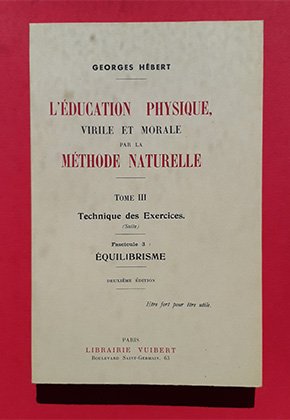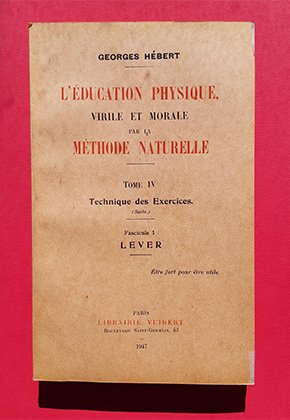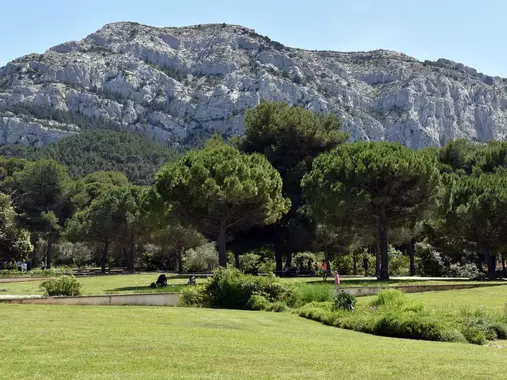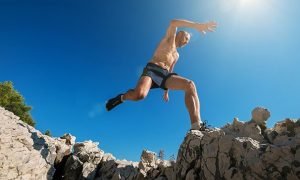1893 – 1903 : sailor’s life

Born in Paris in 1875, Georges Hébert entered the Ecole Navale at the age of 18, became a naval officer and made several trips on the last sailing ships of the Navy.
During his travels, the young officer noted the extraordinary resistance of the topspins who, in all weathers, provide athletic work in the masts of ships. He is seized, during stopovers in distant lands, by the skill, speed, strength and resistance of men.
He notices, during the Spanish-American war and the revolutions of South America, that the most efficient fighters have not only physical qualities, but also virile and moral ones.
The benefits of the natural environment, the benefit of physical exercise for utilitarian purposes, the role of moral factors in physical value, impose themselves on him.
In 1901, he visited the Atilla weight rooms in New York, whose repetitive and strength exercises aimed at muscle development. He is also familiar with the schools of Sandow, whose work with expanders, of which he is the inventor, aims less at strength than at beauty of form.
Georges Hébert was struck by the gap between these two methods, the ancestors of “body building” or “muscle for muscle’s sake” and the harmonious physical development associated with the qualities of action of men that he was able to observe on ships, in Africa or America.
He is already wondering about the training to be offered to young people. He comes into contact with Georges Demenÿ, founder of a sports and medical training school, who is his inspiration for the families of exercises and the evaluation sheet.
He also studied the books of Amoros (Spanish Colonel 1770-1848), author in 1838 of the “New complete manual of physical education, gymnastics and morals”) in which he described fifteen families of exercises and introduced the notion of quality of action (courage, speed, skill, endurance) but also moral qualities (wisdom, temperance, kindness).
1902 : the triggering event: The Volcano

Saint Pierre entièrement rasée par l’éruption
In 1902, Georges Hébert was on board the Suchet, which anchored in the harbor of Fort de France, the capital of Martinique.
On May 7, 1902, he visited the town of Saint Pierre, overlooked by the Mount Pelée volcano.
On May 8, the volcano erupts and, in a few minutes, the fiery cloud that descends completely destroys the city and kills its 30,000 inhabitants. With volunteers, Georges Hébert is instructed by the commander of Suchet to go there with a boat. They are the first to land on the beach and succeed in rescuing more than 700 inhabitants.
It is there, in dramatic circumstances, in the midst of scenes of panic, that he becomes fully aware that only beings who are strong physically but also morally are capable of making themselves useful. Shortly after this tragedy, he wrote:
“From then on my path was traced. In our peaceful and perverted society, perhaps by excess of civilization, it was necessary to recreate strong beings”.
(Georges HEBERT: The virile culture and the duties of the combat officer)
His vocation was born; it was to become the work of a lifetime. From there will also be born the formula which will later become the motto of the Natural Method:
« Be strong to be useful »
Discover the main stages of the life of G. Hébert

















